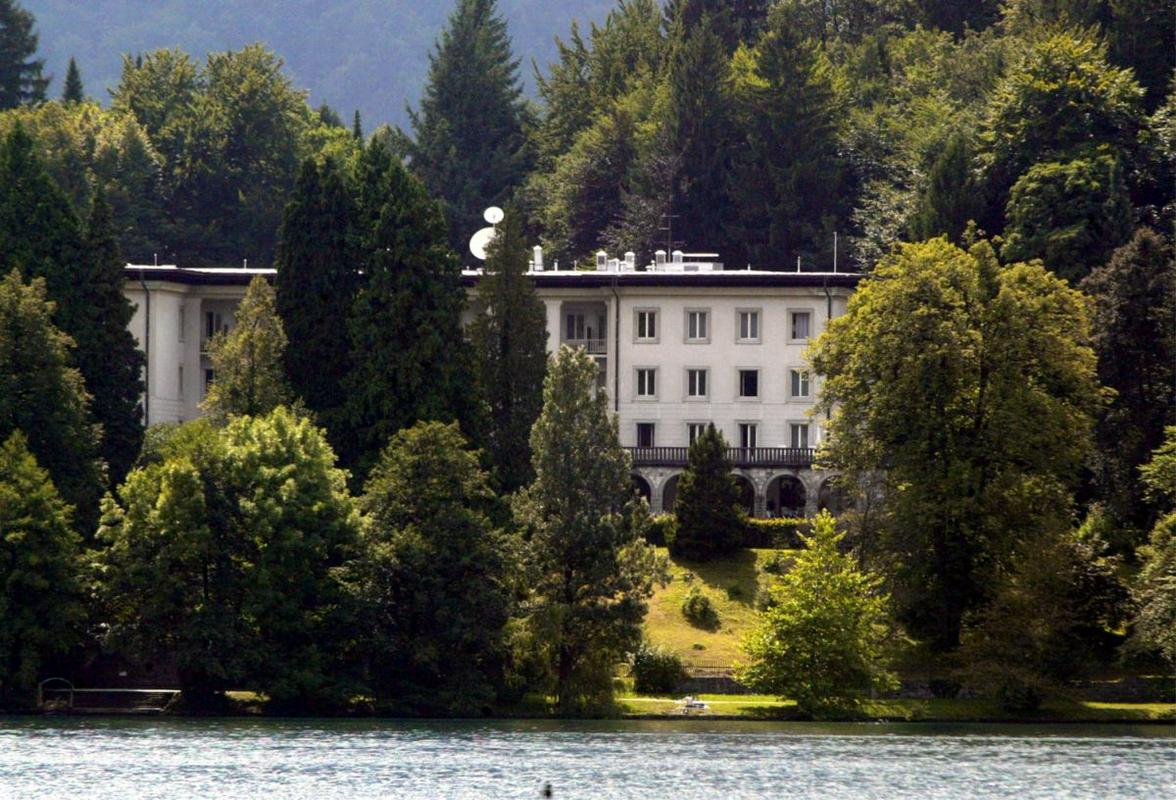
In recent years, several Slovenian designers have achieved international prominence, but the Naglas family blazed the trail; it became famous for its furniture design more than a century ago. Members of the family built a design empire by catering to Slovenia’s emerging middle class.
Jakob Jožef Naglas founded his furniture-making company in 1847. At first, the family firm also made horse-drawn wagons and equipment for ships, but it soon began to focus on its well-built and elegantly designed household furniture. Slovenia’s urban middle class, which had previously bought furniture from foreign suppliers, soon embraced the Naglas brand. Within a few years, every fashionable home contained furniture made in the company’s workshops. Even families that could not afford complete sets of Naglas furniture would often purchase individual pieces; they would often become precious family heirlooms.
By the early 20th century, the Naglas furniture company was one of Slovenia’s entrepreneurial success stories and among the first homegrown brands in the Slovenian Lands. In 1905, Helena Naglas, the daughter-in-law of the founder, took over the company’s operations. At a time when women executives were almost unheard-of, she helped to steer the company in a new direction, embracing the latest international trends, including Art Deco in the 1920s. At the time, the company worked with several leading architects, including the Slovenian legend Jože Plečnik and the German architectural great Fritz August Breuhaus. The Naglas company furnished several villas around Ljubljana, the royal residence in Brdo, Villa Bled, and even the Ethiopian imperial court.
But political turmoil of the 20th century soon changed everything. After World War II, the new Communist government confiscated most of the Naglas family’s operations, allowing them to operate only a small workshop. The company continued to work with leading Slovenian architects, including Edo Mihevc and Edvard Ravnikar, but they could no longer compete against larger furniture-makers. Helena Naglas died in 1960, and the younger generations chose not to continue the family business. A legendary Slovenian company ceased to exist.
Today, one of the few reminders of the company is a sign on the family’s former home on Ljubljana’s New Square. The name “J. J. Naglas,” referring to the company’s founder, survives as a reminder of a family that blazed the trail of Slovenian design and entrepreneurship.

































































